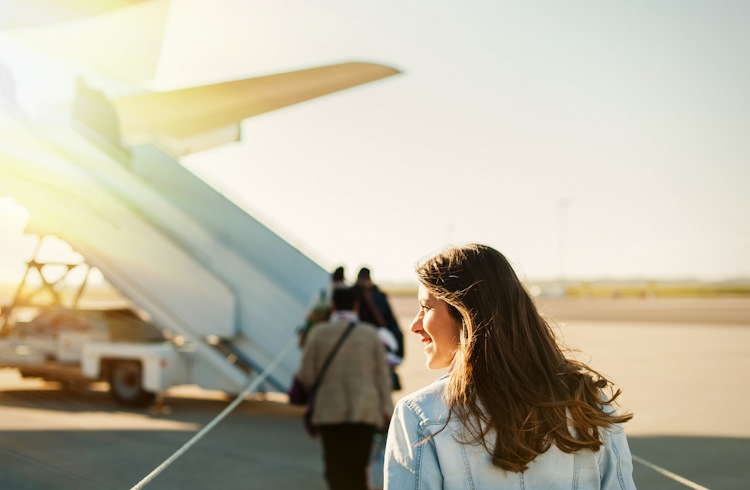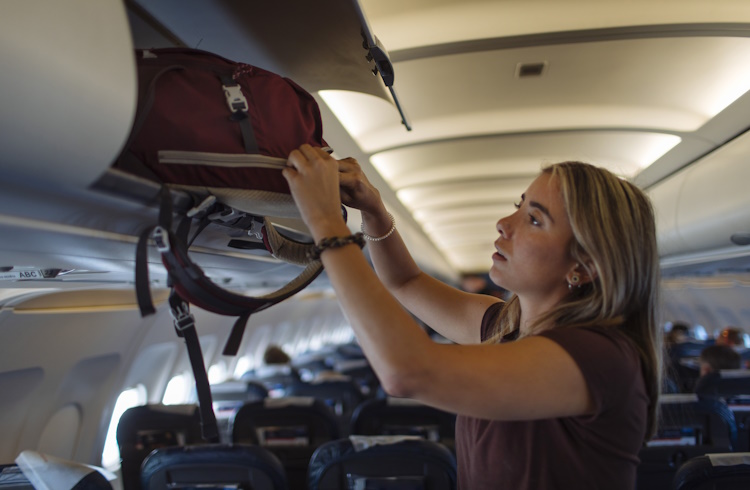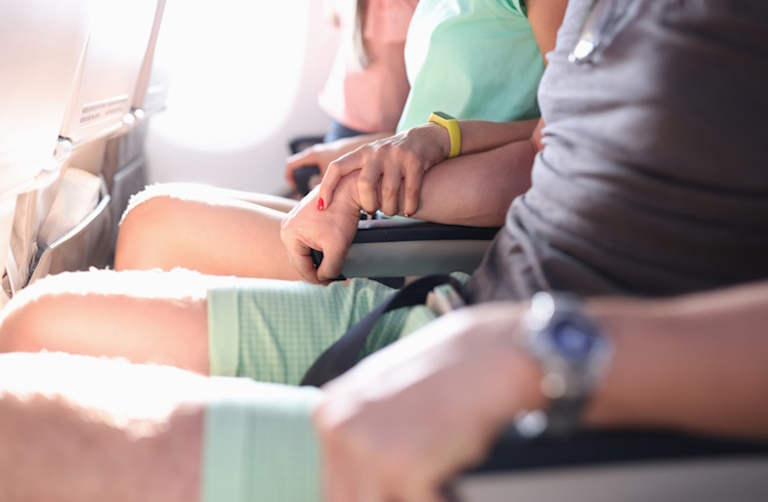How to Get the Most from a Budget Airline
Budget-conscious travelers have more options than ever, with cheap flights available for trips both local and international. But saving money on airfare can cost you comfort and convenience – plus there’s the potential of hidden fees. Here’s how to avoid the pitfalls of flying budget.
 Photo © Getty Images / VladTeodor
Photo © Getty Images / VladTeodor
The budget airline industry is having its much-deserved “moment” in 2024. Low-cost airlines such as Spirit fly Airbus planes, while the industry’s top players fly Boeing jets. It’s no secret that Boeing planes have recently had their fair share of mechanical problems. The decline of Boeing has set the stage for budget airlines to ramp up business from cost-conscious travelers.
- The advantages and disadvantages of budget air travel
- How to avoid luggage fees and seat-selection charges
- Other hidden fees to be aware of
- Budget airlines prioritize smaller airports
- Prepare accordingly and your budget flight will pay off
The advantages and disadvantages of budget air travel
I’ve flown budget airlines for more than two decades. Though you won’t exactly be traveling in style, nothing beats an airline ticket for less than the cost of an upscale dinner.
Take the budget route and you’ll save money while flying on a relatively safe Airbus plane. Moreover, budget airlines also fly to more remote airports than the industry’s top dogs. However, the budget route isn’t without flaws.
Most budget airlines offer few, if any, amenities – often no more than a beverage (typically water) and a rare bag of chips or pretzels. Prepare for the bare-bones service ahead of time by adding a couple of packaged snacks to your carry-on bag, and you’ll find your trip is that much more enjoyable.
How to avoid luggage fees and seat-selection charges
Budget airlines make their money through fees, many of which most travelers are unaware of until it’s too late. You can avoid luggage fees by strategically packing a carry-on bag instead of loading up one or several suitcases as stowaways in the belly of the plane. Be aware that some budget airlines, such as Spirit, charge even more money for checking bags at the airport desk instead of through the online check-in process.
Some budget airlines charge extra for seat selection. For example, reserving a window seat can cost an extra fee. Selecting a seat toward the front of the plane for faster deboarding or more legroom also has the potential to cost more.
Unless you desperately want to see the world from a plane window or depart faster than others, paying extra for a specific seat isn’t worth it.

Other hidden fees to be aware of
Checking bags and midflight snacks/beverages are only two potential budget airline costs to be aware of. If you aren’t 100% sure you will follow through with your trip, consider paying extra for flight cancellation insurance. Fees are also applicable for changing a flight instead of outright cancelling it.
Some budget airlines even charge extra for those who don’t check in on the web before the flight. Checking in online before reaching the airport is much more efficient as it creates a convenient phone-based digital boarding pass. Wait to check in when you are at the airport, and you might end up paying an unnecessary fee including extra for a printed boarding pass.
There is also the potential to pay more for a budget airline ticket when booking a flight using a PayPal or a credit card. Read the fine print, and you’ll find that paying with some such options often adds a couple more dollars. The additional fee is attributable to the cost of doing business with PayPal, Mastercard, Visa, etc. Consider using a debit card to buy your budget flight; you might sidestep such fees.
Changing the details of your reservation can also spur an additional cost. For example, changing your name or other information on the flight ticket might trigger additional charges so be sure to check the entirety of your information before completing the reservation.
Now that we’ve detailed all the potential fees for flying a budget airline, it is time to do the math. Add up the fees detailed above, and you’ll find that paying for such extraneous items can equal the cost of a standard airline flight. But if you pick and choose only a couple high-priority amenities, you’ll find flying budget is much more economically efficient.
Budget airlines prioritize smaller airports
In my travels, I’ve found that many budget airlines capture market share by efficiently addressing the market's shortcomings. Plenty of the industry’s top airlines rarely frequent or completely ignore smaller airports simply because of the lack of demand.
Budget airlines have filled the small airport travel route niche, often bypassing the major airports to focus on those with fewer travelers. Avoiding the major airports helps reduce costs, yet this approach presents transit challenges for money-conscious flyers.
Be prepared to take a lengthy car, bus, or train ride into the city after arriving at a small, remote airport. Such transit costs money, meaning you’ll have to factor in the additional cost when booking your flight.
Every budget traveler should know some low-cost airlines don’t indicate where smaller airports are located, meaning the onus is on you to get directions, including transportation to and from the airport and your intended destination after arrival.
Prepare accordingly and your budget flight will pay off
I've found flying low-cost airlines is a massive net positive if you keep the trip cost within reason using a bare-bones approach, while factoring in the potential cost for transportation from a remote airport to your destination.
When in doubt, run the numbers. Compare the cost of a standard airline round trip to that of a budget airline with a couple amenities added in, and you’ll find low-cost airlines are significantly cheaper.
Editor’s note: One other potential downfall of budget airlines is bankruptcy (it does sometimes happen). Keep in mind your travel insurance policy may not offer coverage if your airline becomes insolvent.



No Comments